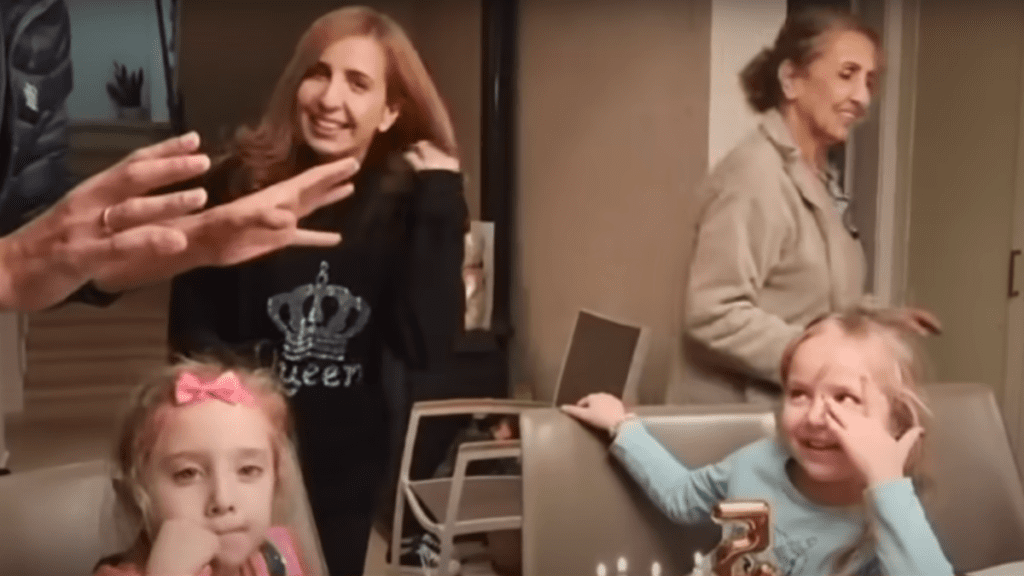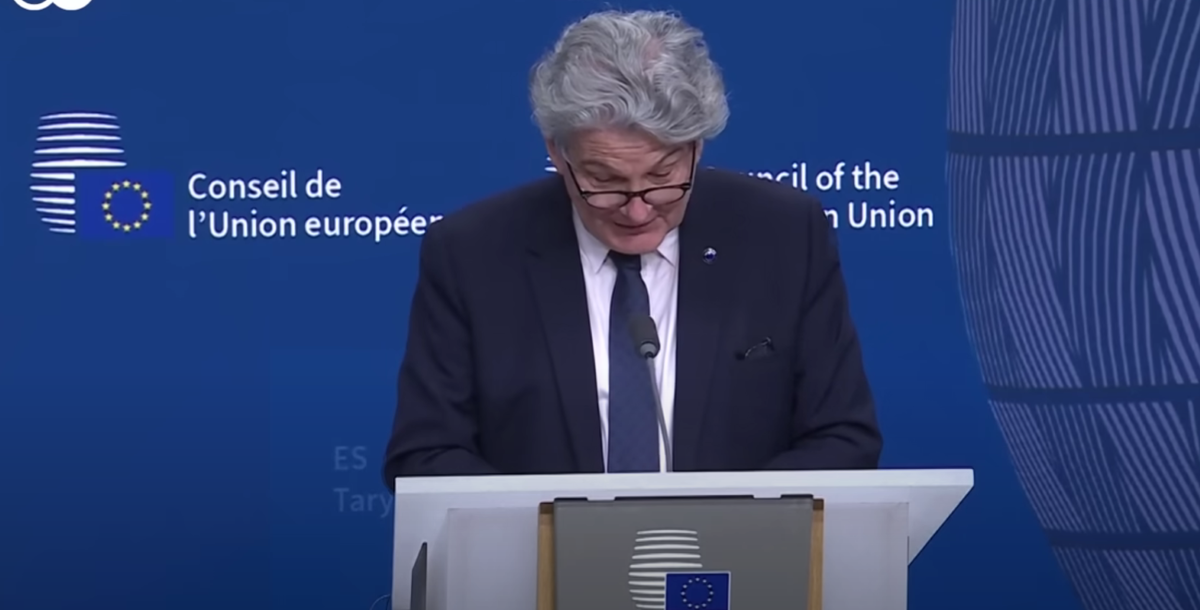In the aftermath of enduring a 50-day captivity in the Gaza Strip, Hamas hostages and their families find themselves entangled in a web of intricate and often conflicting emotions. An expert in the field suggests that joy, unmistakably evident in the initial images of the liberated hostages reuniting with their families over the weekend, is just one facet of the complex emotional spectrum.

The release of twenty-four hostages on Friday and another seventeen on Saturday, as part of a four-day cease-fire agreement, marked moments of undeniable joy. Notable instances include Ohad Munder-Zichri, celebrating his ninth birthday in Gaza, rushing into his father’s embrace captured in a poignant video posted on Facebook. Similarly, Doron Katz Asher and her young daughters, Aviv (2) and Raz (4), share their first moments with their father and husband, Yoni Asher, in an emotional reunion, symbolized by a tight embrace.

Yoni Asher, in a jubilant tone, expresses the fulfillment of a dream as they return home, asking his solemn daughters about their happiness. Neil Greenberg, a psychiatrist and hostage expert, emphasizes the challenge faced by child hostages during the reintegration process, highlighting the significance of how they are received and managed by the adults in their lives.
The return to normalcy proves to be a complex journey for the hostages and their families. Sharone Lifschitz, whose mother Yocheved Lifschitz (85) was released in October, narrates the arduous path ahead for their family’s recovery. The Lifschitz family’s home, a residence of many years, now reduced to ashes, adds an additional layer of complexity to their ordeal.

Yocheved and Oded Lifschitz, lifelong peace activists from Nir Oz, a kibbutz near Gaza, faced an attack by Hamas militants, resulting in the death or abduction of a significant portion of the community. The video of Yocheved Lifschitz’s release, produced by Hamas, captures a moment where she utters the word “shalom” to one of the militants, symbolizing a desire for peace despite reported beatings during captivity.

Greenberg notes that the mixed emotions exhibited by the freed prisoners are expected, emphasizing the distress and confusion often associated with the initial stages of post-captivity life. The pendulum of experiences, swinging between euphoria and stress, creates a challenging environment as they navigate the public limelight and relentless questioning.

For some, the desire to move forward with life is paramount, while others may find the post-captivity period to be profoundly frightening. Additionally, the loved ones who endured the agonizing wait without relief now grapple with a mix of hope and happiness for those whose release has been secured. Amidst this complexity, the community reflects on the remarkable nature of a deal struck between Israel and Hamas, even as uncertainties linger, especially for those whose relatives are still held captive.






